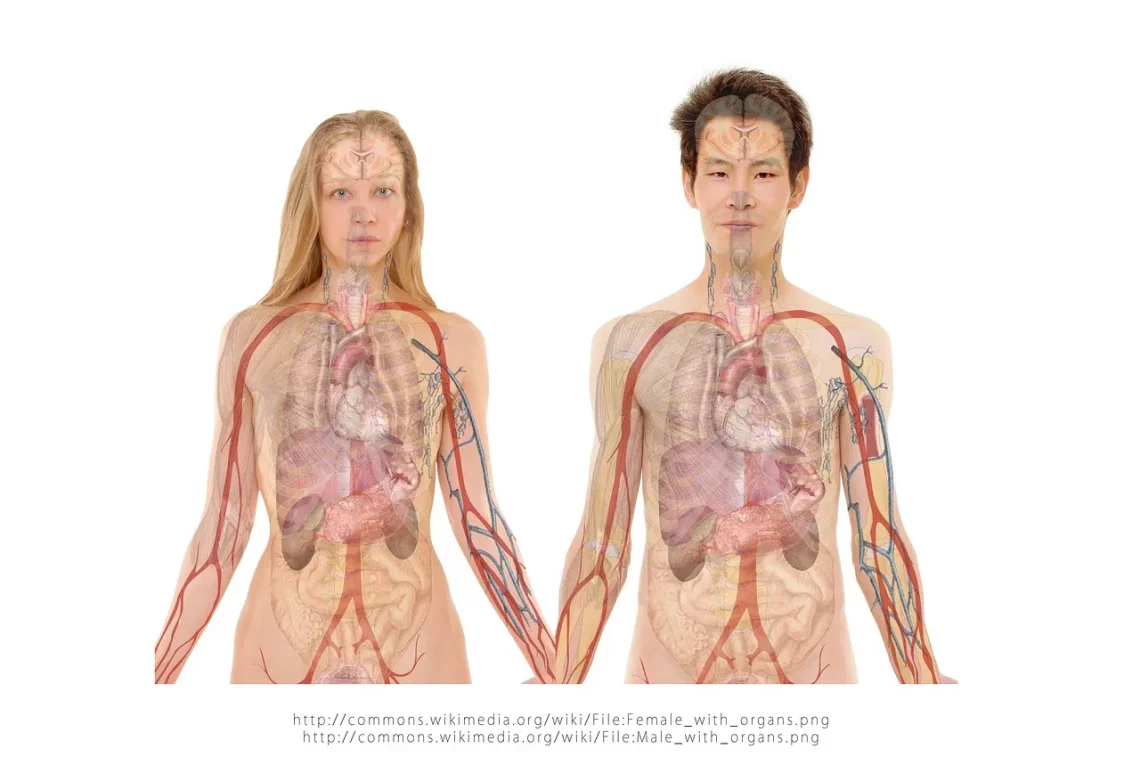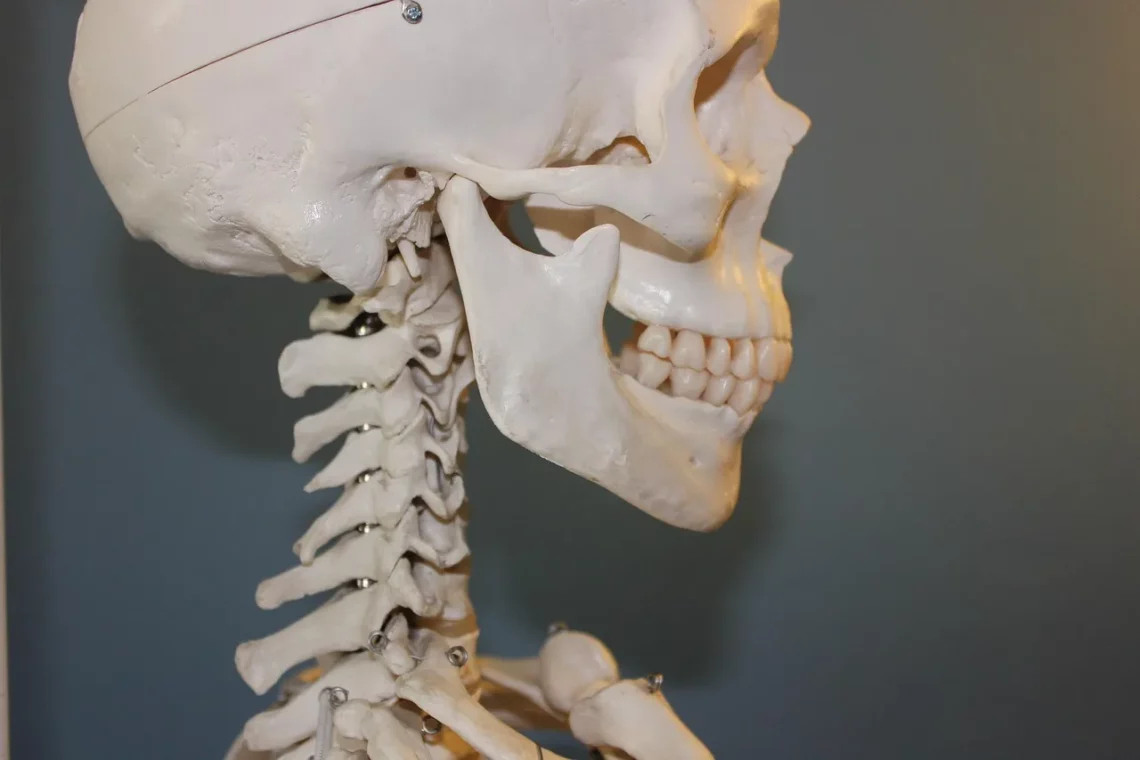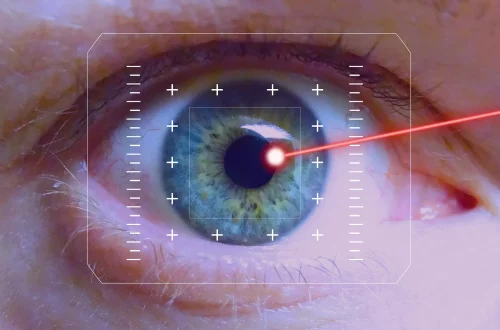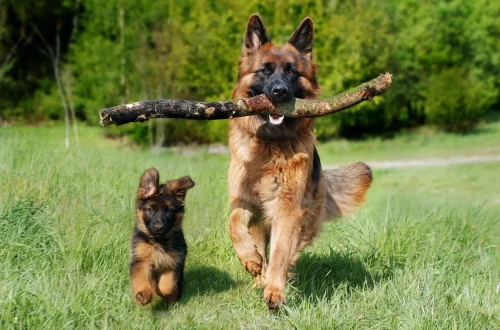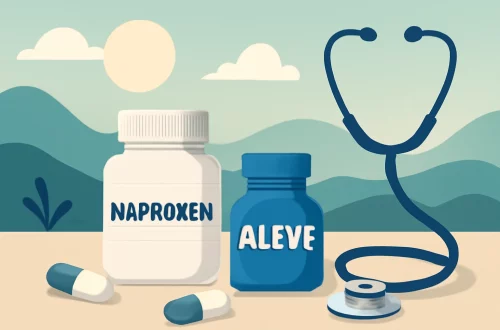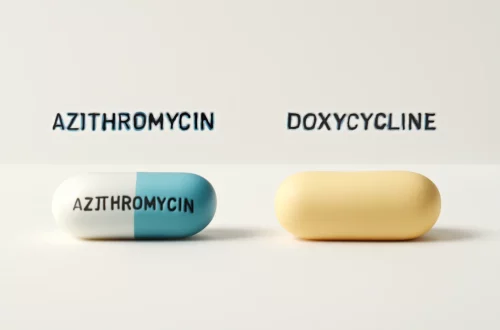-
Understanding Fetal Pigs: Insights into Development and Anatomy
Understanding fetal pigs provides a fascinating glimpse into the complexities of developmental biology and anatomy. These remarkable creatures serve as a staple in educational settings, particularly in biology and anatomy courses, where students gain hands-on experience in dissection and observation. The fetal pig, a common specimen in laboratories, closely resembles human anatomy in many respects, making it an ideal model for understanding various physiological systems. The study of fetal pigs allows students to explore the intricate processes of growth and development, as well as the fundamental structures that form the basis of vertebrate anatomy. Through careful examination, students can observe the formation of organs, tissues, and systems, thus bridging the…
-
How Heavy is a Horse? Understanding Equine Weight and Variability
Understanding the weight of a horse is a fascinating yet often overlooked aspect of equine care and management. Horses, as majestic creatures, come in a wide range of sizes and breeds, each with its unique characteristics. The weight of a horse can significantly vary based on several factors, including breed, age, diet, and overall health. This variability in weight not only affects the horse’s physical capabilities but also plays a crucial role in its care, training, and performance. For horse owners, understanding their equine companions’ weight is essential for various reasons. Accurate weight assessment is vital for determining the correct dosage of medications, ensuring proper nutrition, and managing health concerns…
-
Understanding the Unique Features of Chihuahua Dog Skull Anatomy
Understanding the Unique Features of Chihuahua Dog Skull Anatomy Chihuahuas, known for their small stature and vibrant personalities, are one of the most beloved dog breeds worldwide. Their unique traits extend beyond their charming behavior and petite size; they are also characterized by distinct anatomical features, particularly in their skull structure. The skull anatomy of a Chihuahua is a fascinating subject that reveals much about the breed’s evolutionary traits and adaptability. The Chihuahua’s skull is not just a protective casing for the brain; it plays a crucial role in defining their physical appearance and health. With their prominent eyes, short muzzles, and rounded heads, these dogs exhibit a unique skull…
-
Understanding Red Cell Functionality in Dogs and Its Importance
Understanding Red Cell Functionality in Dogs and Its Importance The health and well-being of our canine companions often hinge on understanding the intricate biological processes that keep their bodies functioning optimally. One of the most vital components of this biological machinery is the red blood cell, or erythrocyte. These cells play a crucial role in transporting oxygen throughout the body and are essential for overall energy production and metabolic function. In dogs, just as in humans, the proper functioning of red blood cells is critical to maintaining health and vitality. Red blood cells are produced in the bone marrow and have a lifespan of approximately 110 to 120 days. Their…
-
Do Cats Have Penises Understanding Feline Anatomy and Reproduction
Understanding feline anatomy and reproduction is essential for cat owners and enthusiasts alike. Cats, like many other animals, have unique biological characteristics that contribute to their reproductive health and behavior. While many pet owners may be familiar with the basics of feline care, understanding the deeper aspects of their anatomy can provide valuable insights into their health and well-being. Felines are known for their mysterious allure, often exhibiting behaviors that can perplex their human companions. One aspect that often raises questions is their reproductive anatomy, particularly regarding male cats. The anatomical differences between male and female cats play a crucial role in understanding their mating behaviors and reproductive cycles. In…
-
Understanding Dog Internal Anatomy: A Comprehensive Guide
Understanding a dog’s internal anatomy is essential for any dog owner, trainer, or enthusiast. Dogs, like humans, possess intricate systems that work harmoniously to maintain their health and well-being. Understanding the anatomy of a dog not only deepens our bond with these beloved companions but also equips us with the knowledge necessary to recognize potential health issues and engage in responsible pet care. From the skeletal structure to the digestive system, each component plays a critical role in the overall function of a dog’s body. The internal organs are not only vital for sustaining life but also for ensuring that a dog can perform daily activities, from running and playing…
-
Understanding Dog Internal Anatomy: A Comprehensive Guide
Understanding the internal anatomy of dogs is essential for any pet owner, breeder, or veterinary professional. Dogs, like humans, have complex biological systems that work together to maintain health and functionality. By understanding these systems, we can better appreciate our canine companions’ needs, improve their care, and recognize signs of potential health issues. The internal anatomy of dogs is a fascinating subject that encompasses various organs, systems, and structures, each serving specific functions vital for the overall well-being of the animal. From the skeletal framework that supports their body to the intricate network of nerves that facilitate communication throughout their system, each component plays a significant role. Additionally, understanding dog…
-
When Does a Male Cat Start Producing Sperm for the First Time?
The journey of a male cat from kittenhood to adulthood is filled with fascinating biological changes. As they grow, various physical and behavioral developments occur, marking their transition into mature felines. Among these changes, the onset of sexual maturity is a significant milestone. For cat owners and enthusiasts, understanding this phase is crucial not only for breeding purposes but also for responsible pet ownership. Male cats, known for their playful and curious nature, eventually reach a stage where their bodies begin to prepare for reproduction. This process is not just about producing sperm; it involves a complex interplay of hormonal changes, physical development, and behavioral shifts. As they mature, these…
-
Exploring the Anatomy and Function of the Canine Skull
The canine skull is a remarkable structure that serves not only as a protective casing for the brain but also as a vital component of a dog’s overall anatomy. Understanding its design and function provides insights into the evolutionary adaptations of dogs and their diverse roles as companions, workers, and hunters. The skull is a complex assembly of bones that form various joints and cavities, enabling essential functions such as feeding, communication, and sensory perception. In dogs, the skull varies significantly in shape and size depending on the breed. From the broad, flat skulls of bulldogs to the elongated skulls of greyhounds, these differences reflect a variety of functions and…
-
Understanding Dog Abdomen Anatomy: A Comprehensive Guide
Understanding the anatomy of a dog’s abdomen is essential for pet owners, veterinarians, and anyone interested in canine health. The abdomen houses vital organs that play crucial roles in digestion, reproduction, and overall bodily function. Understanding these components can help pet owners recognize signs of distress, manage health concerns, and ensure their furry friends lead happy, healthy lives. Dog abdominal anatomy is a complex and fascinating subject. It encompasses a wide range of organs, tissues, and systems that work in harmony to maintain health. The abdomen is not just a simple cavity; it is a dynamic space filled with structures that interact with one another. A basic understanding of this…
